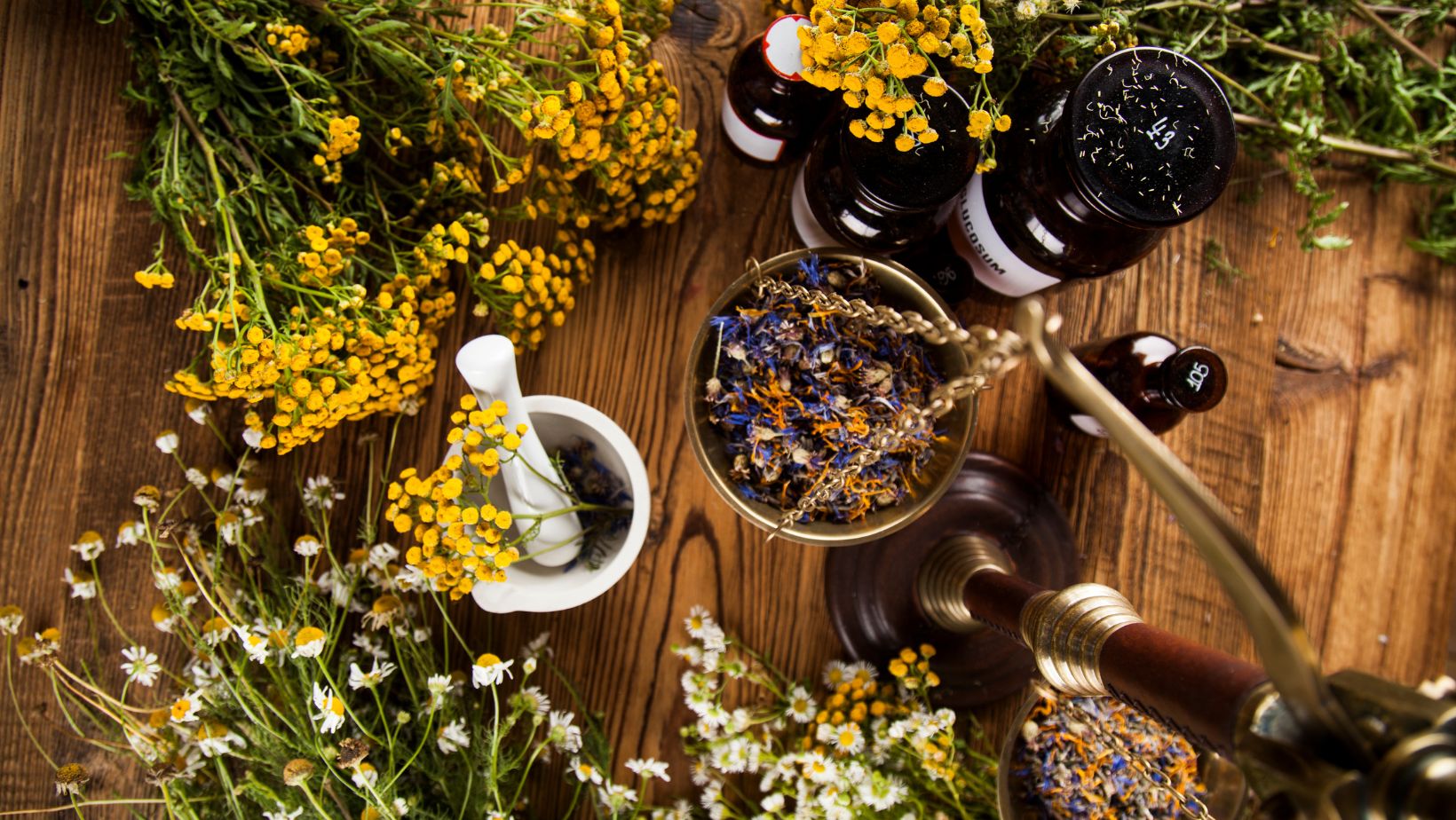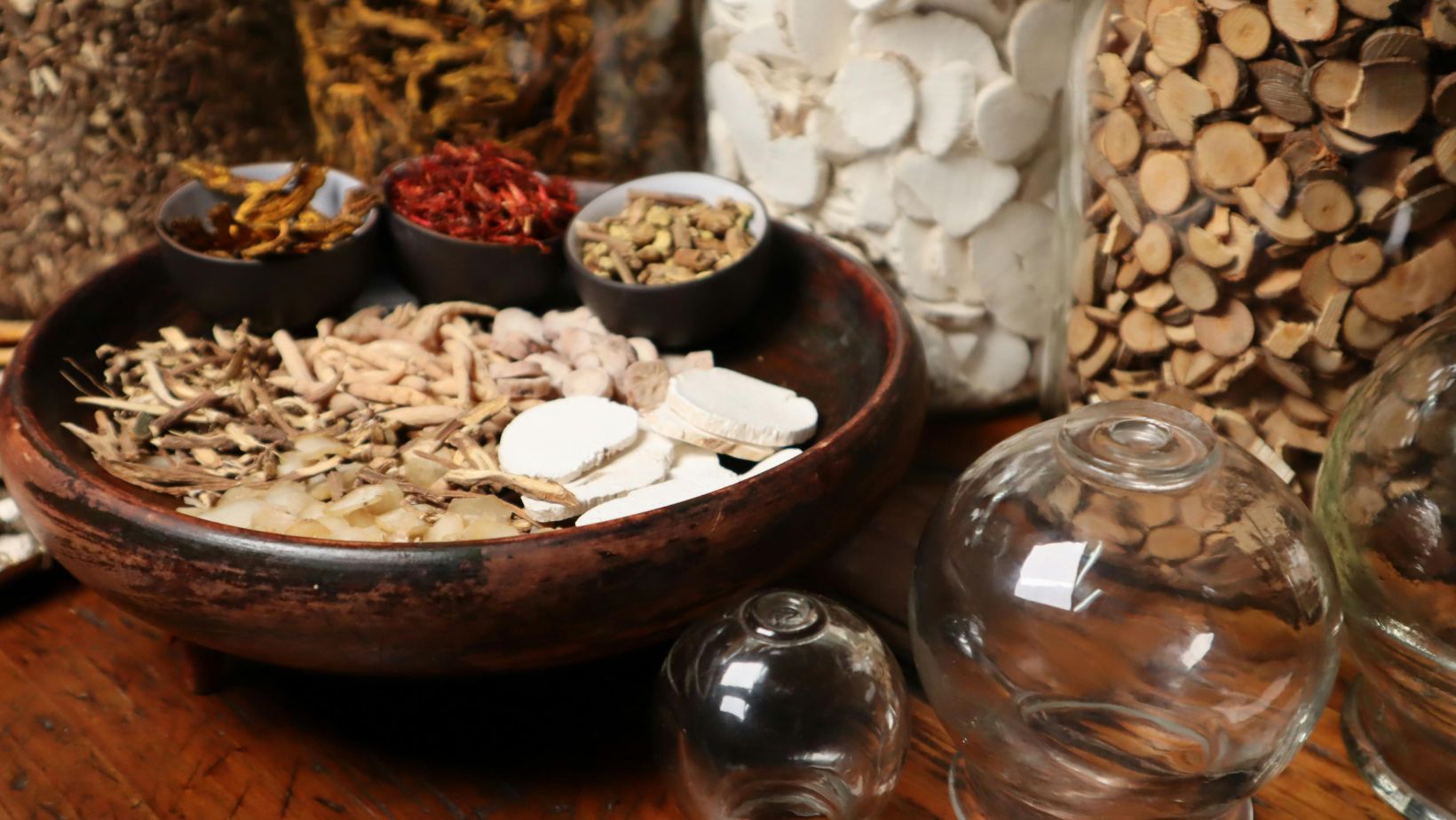The heat of a grueling workout fades, leaving muscles weary and minds yearning for renewal, yet in this quiet aftermath, ancient Eastern practices weave a tapestry of healing that transcends ordinary recovery. Blending the profound wisdom of Ayurveda and Traditional Chinese Medicine (TCM), these methods—acupuncture, herbs like Ashwagandha and Astragalus, and the serene dance of Tai Chi—beckon athletes toward a harmony of body and spirit. Many professional athletes have already started implementing these Eastern practices, thus enhancing their performance, which, in its turn, urges dedicated fans on the Unitbet sportsbook in order to support their favorite team effectively through a wager.
Acupuncture: A Dance of Energy
Imagine needles, delicate as whispers, threading through skin to awaken the body’s hidden currents—a TCM art known as acupuncture, designed to balance energy and ease the sting of overworked muscles. Athletes like Michael Phelps, drawn to such methods, may find relief from post-competition strain.
 Studies suggest acupuncture can dull pain and tame inflammation, though its inner workings spark debate. Improper technique carries risks, demanding skilled hands. This practice holds a luminous promise for energy restoration, provided athletes seek certified practitioners to unlock its full potential with precision and care.
Studies suggest acupuncture can dull pain and tame inflammation, though its inner workings spark debate. Improper technique carries risks, demanding skilled hands. This practice holds a luminous promise for energy restoration, provided athletes seek certified practitioners to unlock its full potential with precision and care.
Herbal Elixirs for Vitality
From Ayurveda’s sacred gardens and TCM’s ancient apothecaries come herbs like Ashwagandha and Astragalus, revered for their power to mend and invigorate. Ashwagandha, perhaps a secret of numerous professional athletes’ resilience, may bolster endurance, while Astragalus is prized for warding off fatigue. Research indicates Ashwagandha lowers stress hormones and Astragalus supports recovery, yet their long-term effects remain a mystery, and herb quality or drug interactions raise caution. These remedies shimmer with possibility for physical renewal, but their brilliance shines brightest under expert guidance to ensure safety and efficacy.
Tai Chi: A Symphony of Calm
Tai Chi, a TCM treasure, weaves flowing movements with mindfulness, crafting a sanctuary of mental clarity for athletes, who embrace such calm amid the storm of training. Evidence suggests Tai Chi softens stress and hones focus, aligning with recovery’s deepest needs, though its gentle rhythm may not captivate every soul. Cultural distance and time demands can dim its allure. This practice radiates potential to fortify mental resilience, yet its glow depends on accessible formats, like digital classes, to invite athletes into its serene embrace.
Synergy with Modern Recovery Methods
Integrating Eastern practices with modern recovery creates a comprehensive approach. Research suggests complementary practices improve outcomes, but Eastern methods lack extensive clinical trials compared to Western techniques.
 Some prioritize evidence-based science, while others value holistic personalization. Examining this synergy shows its potential to optimize recovery, provided athletes balance it with proven methods to avoid over-reliance on unverified practices.
Some prioritize evidence-based science, while others value holistic personalization. Examining this synergy shows its potential to optimize recovery, provided athletes balance it with proven methods to avoid over-reliance on unverified practices.
Cultural and Accessibility Barriers
Adopting Eastern practices faces hurdles, including cultural disconnect and limited access to resources. Acupuncture and quality herbs like organic Ashwagandha are costly, and TCM or Ayurvedic practitioners are scarce in some regions. A recent study highlights disparities in wellness access, impacting equitable use. Simplified practices or community programs could help, but quality control remains a concern. Addressing these barriers emphasizes the need for inclusive, affordable solutions to make Eastern methods practical for diverse athletes.
Scientific and Practical Considerations
Scientific skepticism and practical adaptation shape these practices’ integration. Limited large-scale studies on acupuncture and herbs fuel debates over placebo effects versus efficacy. Adapting practices like Tai Chi to fit athletic schedules improves feasibility, but oversimplification risks diluting benefits. Exploring these considerations suggests a need for rigorous research and flexible approaches to align Eastern methods with athletes’ needs and Western scientific standards.

